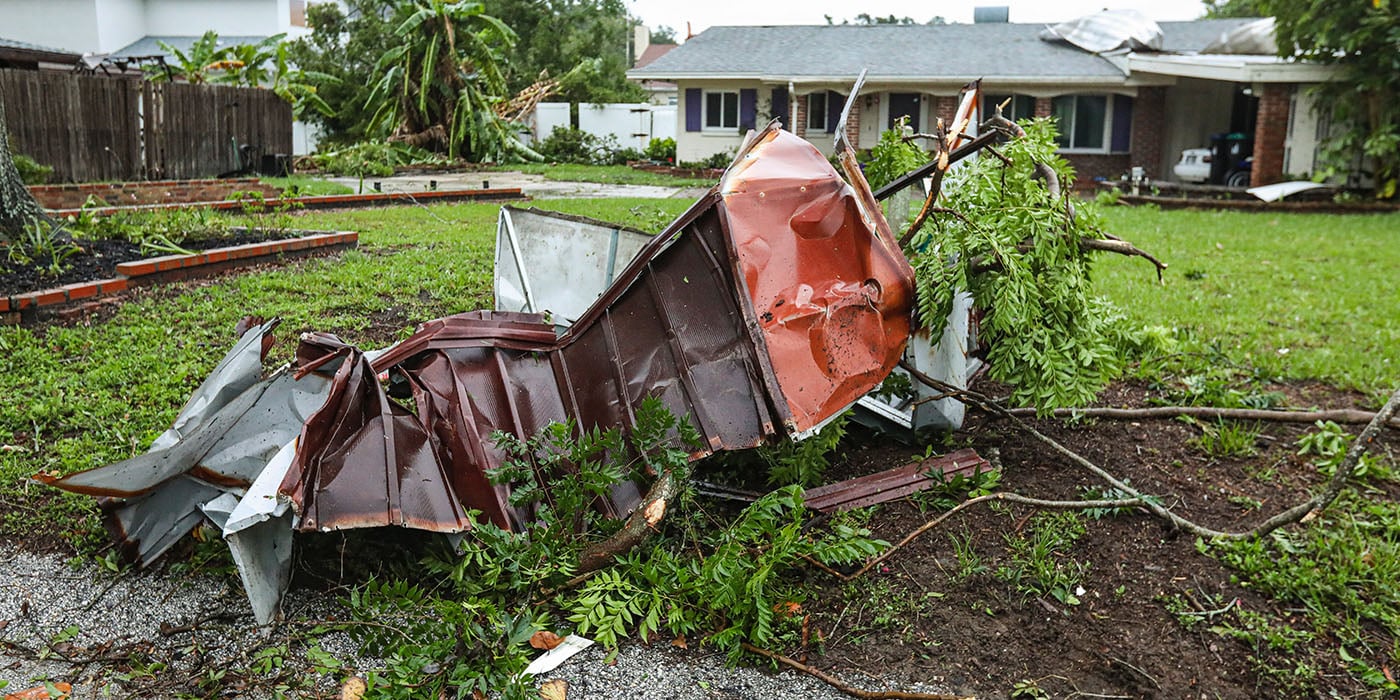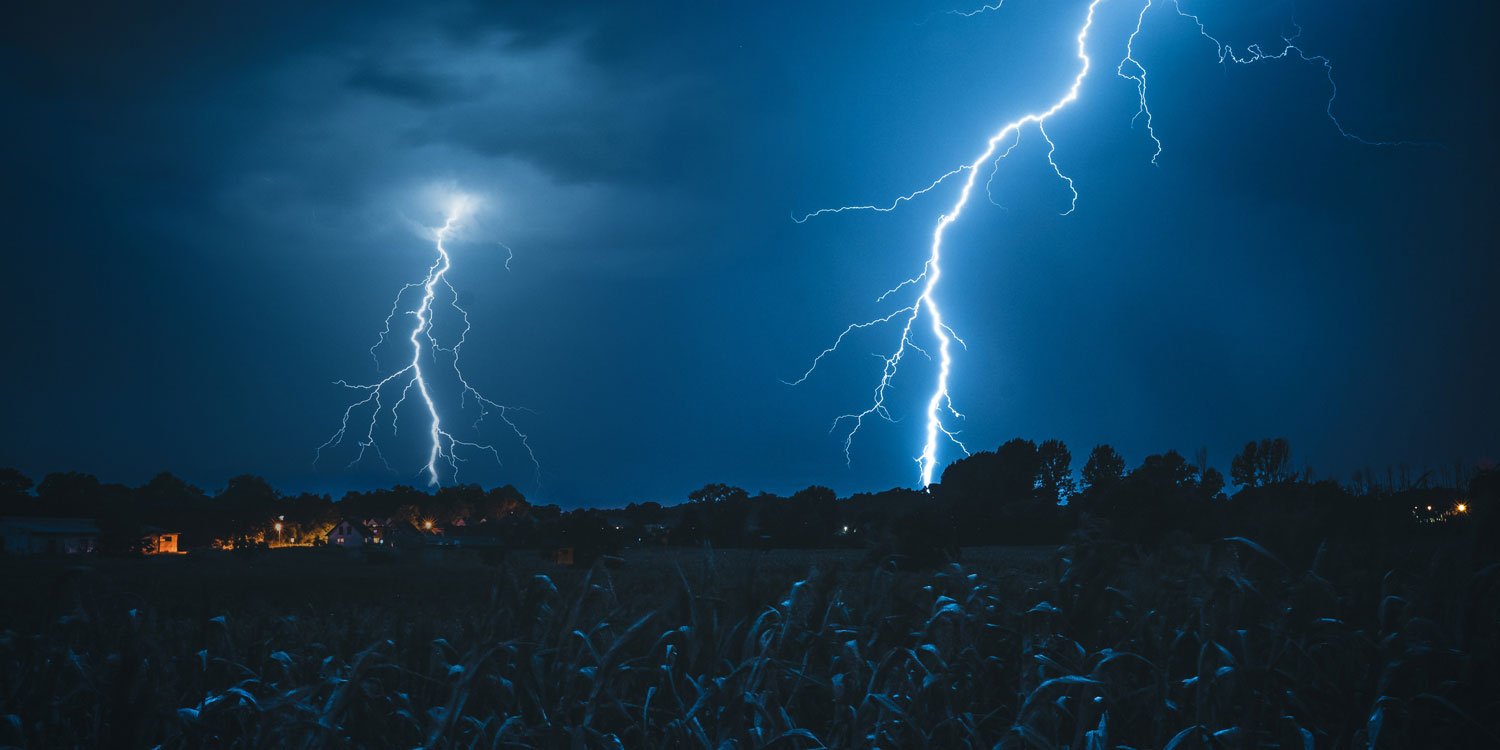1 min read
Home for the holidays: How to keep your home safe for the holidays, too
From decorations and shopping, to cooking and candles, your home is exposed to more risks around the holidays. Here are some ways to stay safe at...
1 min read
![]() Florida Family Insurance
Jan 17, 2023 12:07:12 PM
Florida Family Insurance
Jan 17, 2023 12:07:12 PM

Tornado Watch: Weather conditions indicate there's a possibility of a tornado in or near your area.
Tornado Warning: A tornado has been sighted near your location. Seek shelter immediately and listen closely for weather updates.
In a structure that is not your home:
If you're outdoors:
Fact: Flying debris is the greatest danger in a tornado.

1 min read
From decorations and shopping, to cooking and candles, your home is exposed to more risks around the holidays. Here are some ways to stay safe at...

1 min read
There are many things in your home that pose the risk of starting a fire, even accidentally. Here are some simple, proactive things you can do do...

1 min read
Lightning is a killer, all thunderstorms are dangerous, and every thunderstorm produces lightning. Here are some tips you can use to lessen the...